Big Cats - Mountain Lions, Panthers, Jaguars, Tigers and Cheetahs
Of the nearly forty feline, or cat, species, only one—the domestic cat—is believed to be secure. As undeveloped land becomes harder to find, large cats, such as lions, panthers, tigers, jaguars, and cheetahs, are left with less and less natural habitat in which to live.
Mountain Lions—America's Large Cat 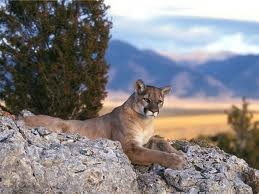
The mountain lion is a seven-foot-long cat that can weigh between 70 and 170 pounds. It was once found throughout North America from southern Argentina to northern British Columbia, making it one of the most widely distributed terrestrial species on the continent. It is also known as the panther, puma, or cougar, and preys on large animals, particularly deer. Mountain lions may also eat wild hogs, rabbits, and rodents. They require large home ranges for securing food—a single individual may have a home range spanning 85 square kilometers. By 1900 the species was nearly extinct due to habitat loss and hunting. Until the 1960s, many states offered monetary rewards for the killing of mountain lions. Mountain lions are now found primarily in mountainous, unpopulated areas. Conservation efforts have met with success in some portions of the country. In fact, there are now so many encounters between humans and mountain lions in California that hikers and park officials are given instruction in how to react to these large cats. Scientists attribute the increased encounter rate to more wilderness ventures by humans as well as a larger mountain lion population—an estimated 6,000 individuals. Because of these events, some people are demanding that hunting be reinstituted. In most of the eastern United States, however, mountain lions have long been presumed extinct. If they are present, they are still extremely rare. In 1997 several sightings were reported in the Appalachian Mountains, but these have not been confirmed.
THE FLORIDA PANTHER. 
The Florida panther is one of twenty-seven subspecies of the mountain lion. It has been considered endangered since 1967, and there are only thirty to fifty individuals surviving in the wild. The Florida panther has declined due to loss of habitat to urbanization and development, water contamination, and highway traffic. Its population is now so small that many individuals suffer from genetic disorders due to inbreeding. Ninety percent of male Florida panthers suffer from sperm abnormality, sterility, congenital heart defects, and possible immune deficiencies due to long-term inbreeding. Experts fear the species may die out in less than 20 years without aggressive intervention. In 1994 and 1995 scientists and wildlife managers introduced Texas cougars, the Florida panthers' closest relatives, into habitats in Florida. Eight female Texas cougars were released. Biologists hoped that interbreeding would strengthen and diversify the Florida panther gene pool. "This is a very drastic measure and not one we ordinarily undertake," reported Dr. John Fay of the U.S. Department of the Interior. Dr. Fay noted that the strategy had helped save woodland caribou in Idaho and Washington in the 1980s, when individuals were interbred with Canadian caribou. In fact, Florida panthers and Texas cougars once formed a single, interbreeding population that ranged freely throughout the southeastern United States. They were eventually isolated from each other by human encroachment a little more than a hundred years ago. Other efforts are also underway to help maintain the existing Florida panther gene pool. A captive breeding program was initiated in 1991 with ten panther cubs that had been removed from the wild. It is hoped that captive breeding will allow for the establishment of two additional populations of 50 individuals each. Scientists are also hopeful that the habitat destruction that threatens the Florida panther has slowed. The primary issue in panther conservation today is providing large enough expanses of protected habitat for the species. This is particularly challenging not simply because the carnivores need large home ranges to feed, but because male panthers are territorial and will not tolerate the presence of other males. About half the area occupied by Florida panthers is private land, including farms, ranches, and citrus groves adjacent to protected reserves. Efforts are being made to secure the cooperation of landowners in conservation efforts. As a result of the Florida panther's plight and public affection for the animal, in 1982 Florida declared the panther its state animal. Florida businessman Wayne Huizenga named his National Hockey League (NHL) team the Florida Panthers and has pledged many thousands of dollars to panther recovery efforts.
Jaguars
The jaguar is the largest cat in the Americas, measuring five to six feet long and weighing some two hundred pounds. Jaguars once ranged from Arizona to Argentina, but are now quite rare in the United States, where they may still occur in low numbers in Arizona, New Mexico, and Texas. Jaguars are listed as endangered throughout their range, which also includes Mexico and Central and South America. An estimated 15,000 individuals remain in the wild. Jaguars occupy a wide variety of habitats, from dense jungle and scrubland to reed thickets, forests, and even open country. They prey on wild pigs, rodents, deer, sloths, tapirs, and a variety of smaller species. They are endangered primarily due to habitat destruction and habitat fragmentation. Because they are so rare, much of what is known about the species comes from studying zoo populations.
Tigers
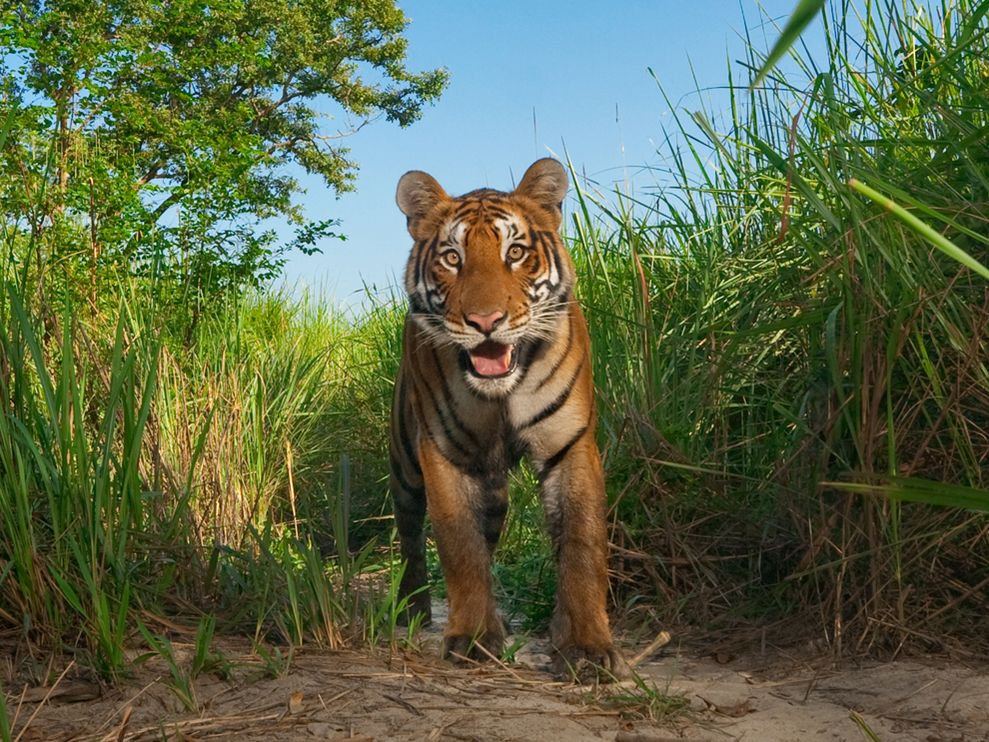 Wild tigers are found exclusively in Asia, from India to Siberia. Although the world tiger population surpassed 100,000 in the nineteenth century, experts fear that as few as 7,000 tigers remained in 2004. Approximately 2,000 of these are found in captivity. In addition to habitat loss, countless tigers fall victim to the illegal wildlife trade every year. Many tiger body parts are used as ingredients in traditional Chinese medicine, and the big cats are also prized in the exotic pet industry. In 1999 the Wildlife Conservation Society reported a rebound in the world tiger population, in part because of a worldwide moratorium on tiger hunting imposed by CITES listing. However, ecologists warn that tigers, which hunt deer, wild pigs, cattle, antelope, and other large mammals, are threatened seriously by loss of prey, much of which consists of non-protected species being eliminated by hunters. In January 2004 Indian officials announced that the endangered Bengal tiger population might be increasing in the Sunderbans Forest, a World Heritage Site and one of the last protected wild habitat areas for tigers. The census was completed by locating, plaster-casting, and studying tiger paw prints, or pugmarks, in the forest. Tiger pugmarks are unique the same way human fingerprints are unique. Most encouraging was the fact that the number of cub prints had increased in 2004. On the other hand, the World Conservation Union (IUCN) declared that the Sumatran tiger was on the verge of extinction in March 2004, with only four hundred to five hundred individuals remaining in the wild. The IUCN also called on the Indonesian government to stop habitat destruction and poaching. Approximately fifty Sumatran tigers were killed each year by poachers between 1998 and 2002.
Wild tigers are found exclusively in Asia, from India to Siberia. Although the world tiger population surpassed 100,000 in the nineteenth century, experts fear that as few as 7,000 tigers remained in 2004. Approximately 2,000 of these are found in captivity. In addition to habitat loss, countless tigers fall victim to the illegal wildlife trade every year. Many tiger body parts are used as ingredients in traditional Chinese medicine, and the big cats are also prized in the exotic pet industry. In 1999 the Wildlife Conservation Society reported a rebound in the world tiger population, in part because of a worldwide moratorium on tiger hunting imposed by CITES listing. However, ecologists warn that tigers, which hunt deer, wild pigs, cattle, antelope, and other large mammals, are threatened seriously by loss of prey, much of which consists of non-protected species being eliminated by hunters. In January 2004 Indian officials announced that the endangered Bengal tiger population might be increasing in the Sunderbans Forest, a World Heritage Site and one of the last protected wild habitat areas for tigers. The census was completed by locating, plaster-casting, and studying tiger paw prints, or pugmarks, in the forest. Tiger pugmarks are unique the same way human fingerprints are unique. Most encouraging was the fact that the number of cub prints had increased in 2004. On the other hand, the World Conservation Union (IUCN) declared that the Sumatran tiger was on the verge of extinction in March 2004, with only four hundred to five hundred individuals remaining in the wild. The IUCN also called on the Indonesian government to stop habitat destruction and poaching. Approximately fifty Sumatran tigers were killed each year by poachers between 1998 and 2002.
THE SIBERIAN TIGER.
The Siberian tiger is the largest cat in the world and one of the world's most endangered species, with only five hundred individuals estimated to exist in the wild. There are also several hundred Siberian tigers in captivity. The Siberian tiger, also known as the Amur tiger, once occupied mixed deciduous and coniferous forest habitats in the Amur-Ussuri area in Siberia, as well as in northern China and Korea. It is now believed to be extinct, or nearly extinct, in China and Korea. Individuals reach lengths of eight to ten feet and weigh up to 800 pounds. They eat wild boars, Sika deer, and elk. Siberian tigers are territorial and require large home ranges of some 500 to 600 square miles. Populations have suffered greatly from habitat loss caused by logging and deforestation, as well as illegal trade. The Siberian tiger is sought for its skin, bones, eyes, whiskers, teeth, internal organs, and genitals. These are used for everything from skin cures to tooth medicine. In Russia, where unemployment is high, poachers have flooded nearby Asian markets with tiger parts. In 1995 alone, poachers killed more than sixty-five Siberian tigers. The financially strapped Russian government can devote neither money nor time to protecting the tigers. Like the Florida panther, the Siberian tiger has also been weakened by inbreeding, which increases the possibility of reproductive problems and birth defects.
Cheetahs
The cheetah is the fastest land animal on Earth, able to sprint at speeds up to 70 mph. Cheetahs occupy grassland, shrubland, and woodland habitats. Their range once extended through most of Africa as well as southwestern Asia. Currently, cheetahs are found only in a few areas. The Siberian tiger is one of the most endangered species in the world. It now occupies forest habitats in the Amur-Ussuri region of Siberia. (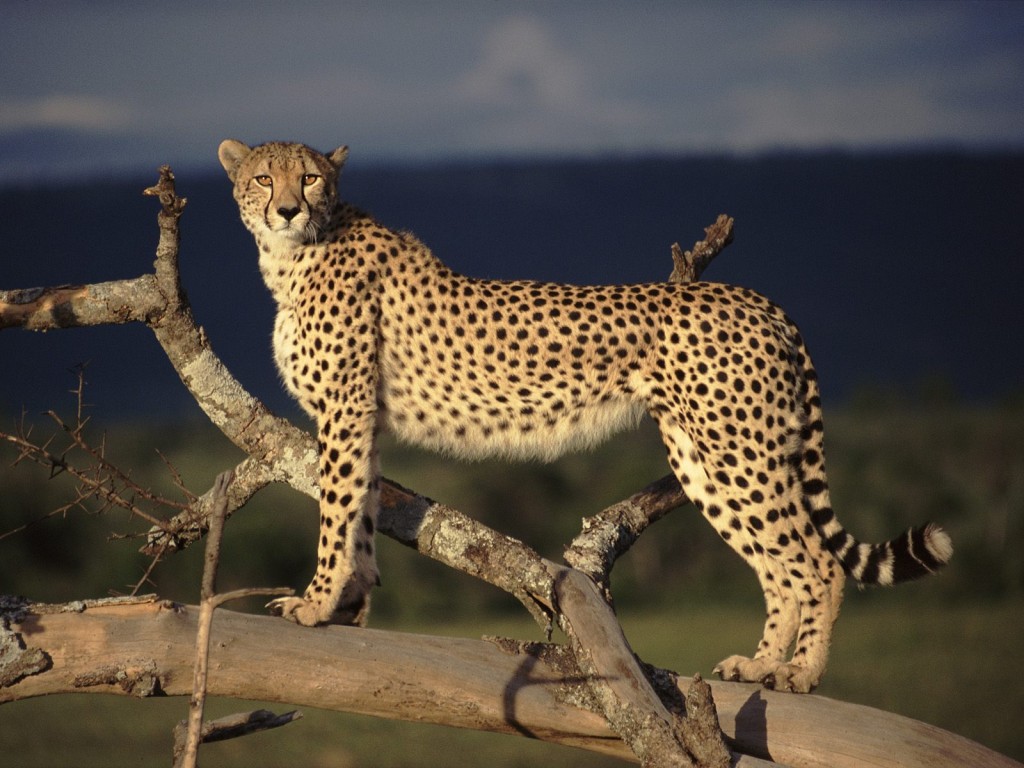 Cheetah - the fastest animal on Earth.
Cheetah - the fastest animal on Earth.


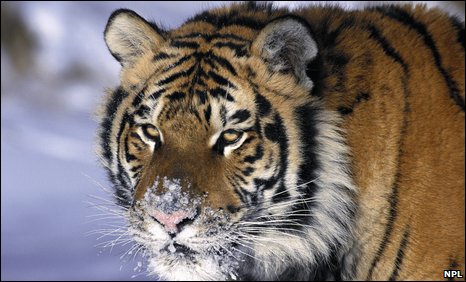

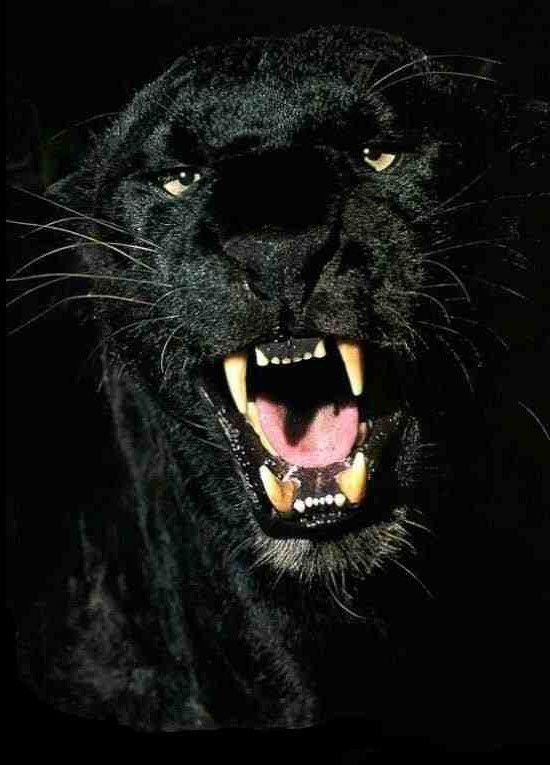



Recent comments